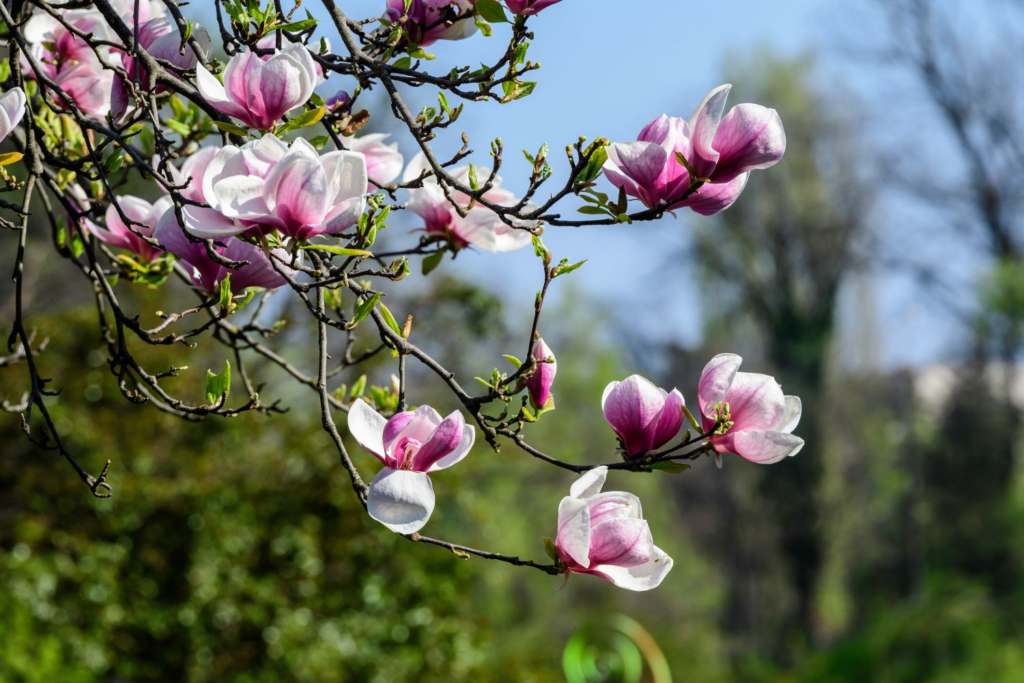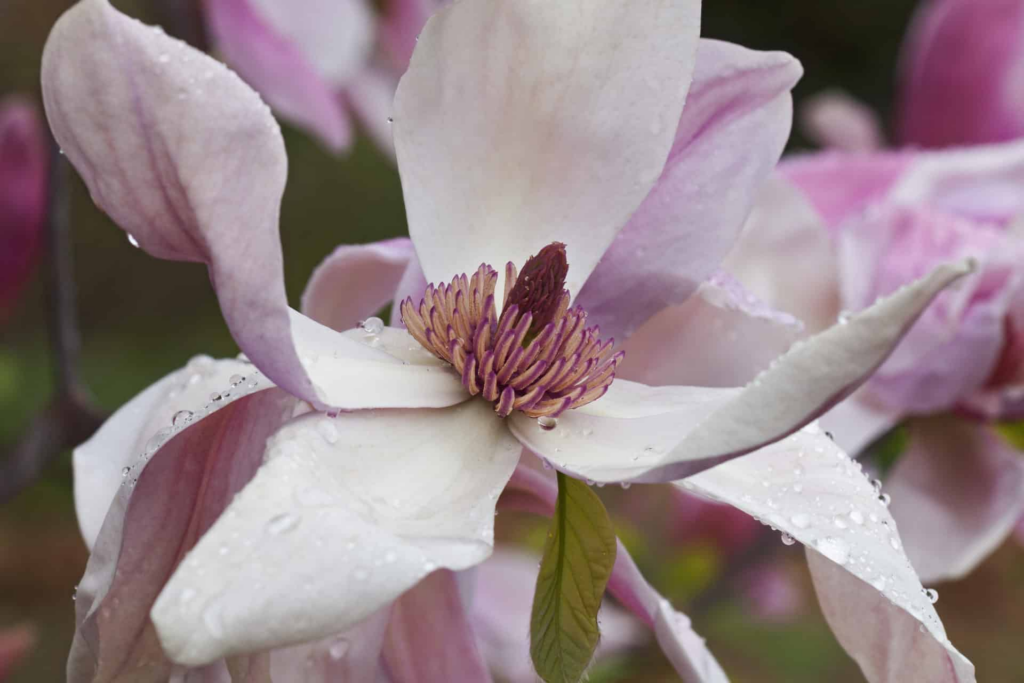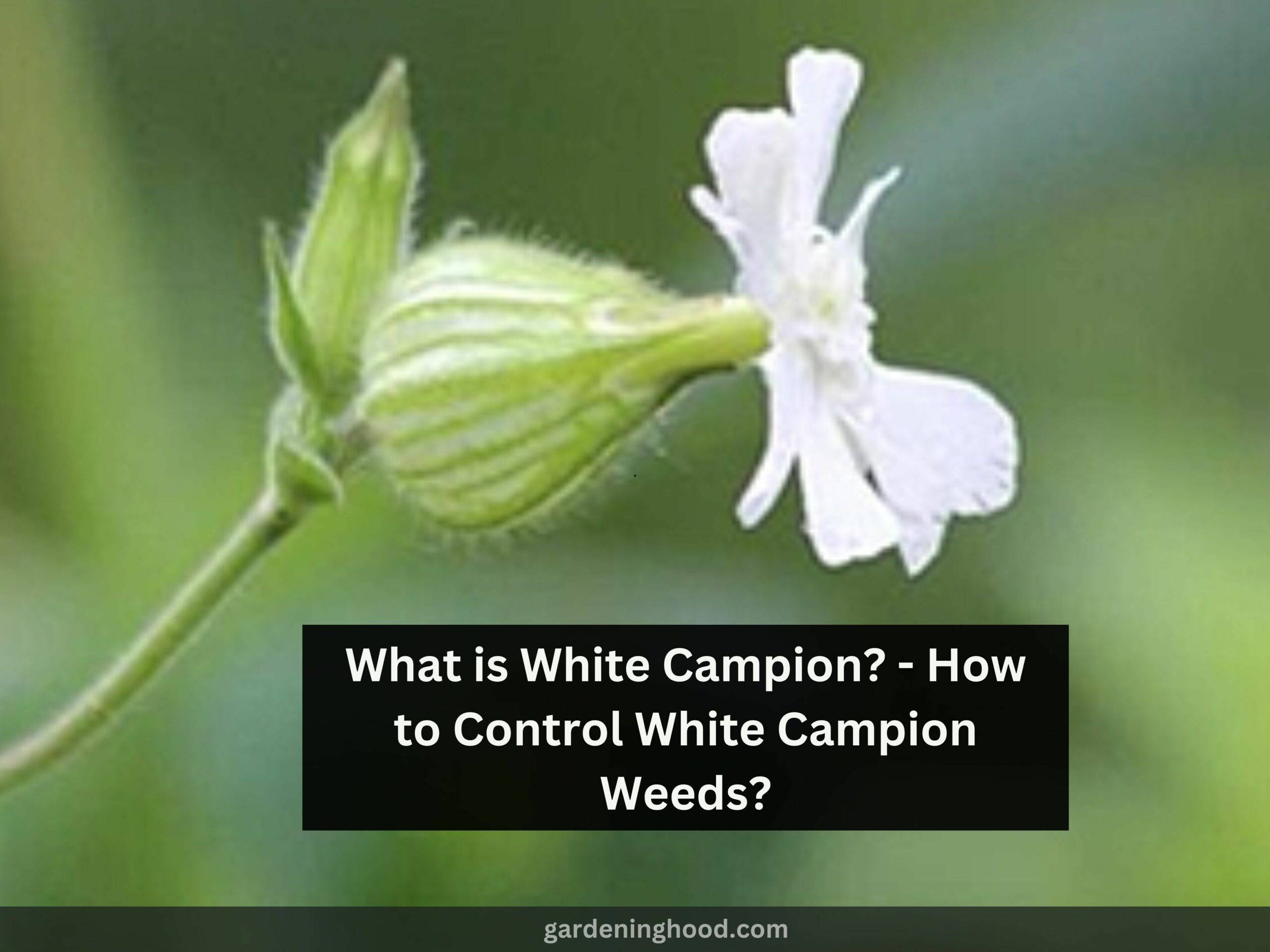Magnolia Flower Meaning | How to Grow Healthy Magnolia Flowers
Magnolia flowers are often appreciated for their mesmerizing beauty as well as their symbolic significance. Millions of years have passed since the magnolia tree first appeared, and numerous cultures have prized its elegant and meaningful blossoms for this reason. Hey folks! I am Anna Scott, a Gardener with 15 years of gardening experience, now I am here to help other gardeners as well.
Magnolias are fragrant, big flowers that might resemble stars or bowls on trees or shrubs. There are five possible flower colors: white, pink, purple, green, or yellow. These are also known as “Tulip trees” and “Chinese magnolias”.
In this article, we will see where the name “Magnolia” came from and other growth and caring tips for Magnolia flowers. So, let’s get started.

What is the meaning of “Magnolia”?
Many people may not be aware of the history behind the plant’s name, even if the magnolia name refers to the flowering tree that is commonly found in gardens today. The Pierre Magnol Magnolia tree bears his name. This plant bears the name Magnol, a 1715-deceased French botanist who was honored in 1737 by Swedish botanist Carl Linnaeus.
Magnolias are often praised for their lovely appearance and frequently represent grace and beauty. The magnolia tree, which represents tenacity and strength, is renowned for its toughness and capacity to withstand a variety of situations. Magnolias are connected to love and the purity of the heart in various civilizations.
Origin of Magnolia Flowers
According to Magnolia Society International, there are over 200 species of magnolia native to portions of Southeast Asia, Eastern North America, Central America, the Caribbean, and South America. In those areas, they can grow in temperate, subtropical, and tropical climates.
For thousands of years, traditional Chinese medicine has also made use of magnolia plants as a supplement. Micronutrient-rich magnolia bark has been used to treat inflammation, gastrointestinal problems, anxiety, depression, and asthma.
The edible nature of magnolia flowers is something that many people might not be aware of. The most popular application of the purple-and-pink saucer magnolia is in cooking. They can be eaten raw, fried, pickled, or dried and added to tea. They have a taste like ginger and cloves.

How to Grow Healthy Magnolia Flowers?
To grow healthy magnolia flowers in your garden, follow the below-described steps:
1. Choose your spot wisely, as magnolia plants have shallow, spreading root systems that are easily harmed if you decide to move your tiny tree after a few years and change your mind.
2. Magnolia trees are large trees, some types spanning 40 feet in diameter. Ensure that the grownup tree has enough space.
3. In early April, plant evergreen magnolias. If you reside in the North, plant deciduous magnolias in the spring; if you live in the South, plant them in the fall.
4. Magnolias prefer organically rich, well-drained soil. As an exception, sweetbays can grow in heavy or wet soil.
5. Nurseries offer balled-and-burlapped saplings in the spring, or container saplings all year round. You do not wish to start from seed or graft your plant. Purchase a baby tree.
6. Use stakes to save young trees from having their roots harmed by wind-driven rock.
7. Evergreen magnolias require direct sunlight. Deciduous trees prefer partial shade.
How to Care for Magnolia Flowers?
If you want to ensure the healthy growth of your beloved Magnolias, the following steps might be helpful:
Mulching
To control soil temperature and preserve moisture, spread a layer of mulch around the base of the tree.

Fertilizing
To encourage healthy development, apply balanced fertilizer in the spring. Steer clear of too much nitrogen as this could promote foliage at the expense of flowers.
Pest control
Be on the lookout for pests such as aphids or scale insects. Use the proper insecticides to treat infestations as soon as possible.
Disease Prevention
Fungal diseases can affect magnolias. These problems can be avoided with proper spacing, enough air circulation, and refraining from overhead watering.
Types of Magnolias
Magnolias are of several types. Some of the common ones are described below for you:
Magnolia Sweetbay
Sweetbay magnolia, often called swamp magnolia or laurel magnolia, resembles Southern magnolia in appearance but is a smaller, more resilient tree that can reach Zone 5 in the north. It is an erect, evergreen tree in warm climates and a deciduous shrub in cooler ones. reaches a height of 10–35 feet. It works well in areas with standing water or clay soils.
Magnolia Kobus
Kobus magnolias are a slow-growing species that are indigenous to Korea and Japan and grow to a height of 25 to 50 feet. The way you prune them will determine whether they grow as deciduous trees or shrubs. They bear up to four-inch-wide, white blooms that resemble stars.

Southern Magnolia
When most people hear the word “magnolia,” they picture this tree. This is the traditional magnolia, featuring enormous glossy leaves and white flowers the size of dinner plates. It’s more Southern than sweet tea, folks, and the official flower of both Louisiana and Mississippi.
It grows slowly, taking ten years for a seedling to bloom, but when it does, it grows to be a massive 80-foot tall and up to 40-foot-wide incredibly stunning tree. Although southern magnolias are evergreen, they lose their leaves all year long, so if you detest raking, avoid this one.
Saucer Magnolia
Saucer magnolias, also called tulip trees, are produced by mating a Yulan magnolia with a lily magnolia. Saucer magnolias grow to a height of 20 to 25 feet, and they can be either huge shrubs or tiny trees. Depending on the cultivar, flowers might be deep purple or white with pink inside. It grows well north of you.
Lily Magnolia
The lily magnolia is a tiny species that grows to only 8 to 12 feet tall, and it can be cultivated as a small tree or shrub. It produces lily-shaped purple or pink flowers in the early spring. They are from China originally.
Bigleaf Magnolia

With leaves that may grow up to 32 inches long, this plant certainly lives up to its name. In most zones, it is deciduous, but in the warmest ones, it is evergreen.
Its white blooms, the size of dinner plates, are native to Mexico and the Southeast United States. grows to a mature height of thirty to forty feet.
Cucumber Tree
The fruits of the cucumber tree magnolia bear a resemblance to the vegetable, hence the name. Hardy to zone 4, this type of magnolia is the most resilient to cold weather. It is as large as a Southern magnolia, growing to a height of 60 feet, but its blossoms are not as spectacular.
The blossoms on cucumber trees are around 2 inches across and have a tulip-like green color. They won’t produce fall color like other magnolias, with their leaves becoming gold. Native to the Appalachian region of the United States are cucumber trees.
Star Magnolia
Magnolia Sellata, often known as the Star Magnolia, is a cold-hardy tree with white or pink flowers fashioned like stars. These trees, native to Japan, are among the first to blossom, sending forth flowers in the late winter or early spring. They are small, growing to a height of only 15 to 20 feet.
Magnolia Kobus
Kobus magnolias are a slow-growing species that are indigenous to Korea and Japan and grow to a height of 25 to 50 feet. The way you prune them will determine whether they grow as deciduous trees or shrubs. They bear up to four-inch-wide, white blooms that resemble stars.
Loebner Magnolia
Loebner Magnolias are petite, often 20 to 30 feet tall, deciduous magnolias that bloom pink or white star-shaped flowers. They are a hybrid of the star magnolia and the Kobus magnolia.
Smaller than other magnolias, these leaves grow to a maximum length of 5 inches, and they are suitable for colder areas as they are hardy to Zone 5.
Wrapping up the context
In this guide, you come to know that Magnolia blossoms have rich symbolic significance in addition to being visually attractive. You may have beautiful and robust magnolia blossoms in your garden by understanding their value and committing to the right growth and maintenance techniques. I hope you are clear with this guide. I will come back with another informative guide soon. Till then safe gardening.
Thanks for reading! Happy Gardening!
FAQs
How much time does a Magnolia tree need to bloom?
A magnolia tree’s blooming period varies, although typically it takes a fewyears after planting.
Are Magnolia flowers fragrant?
Yes, a lot of magnolia species smell sweet and fresh, especially in blossom.
What season is ideal for planting magnolia trees?
Magnolia trees are best planted in late fall or early spring when they are dormant.


